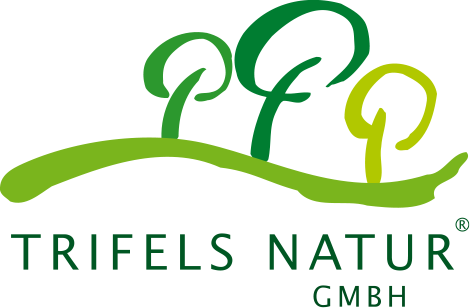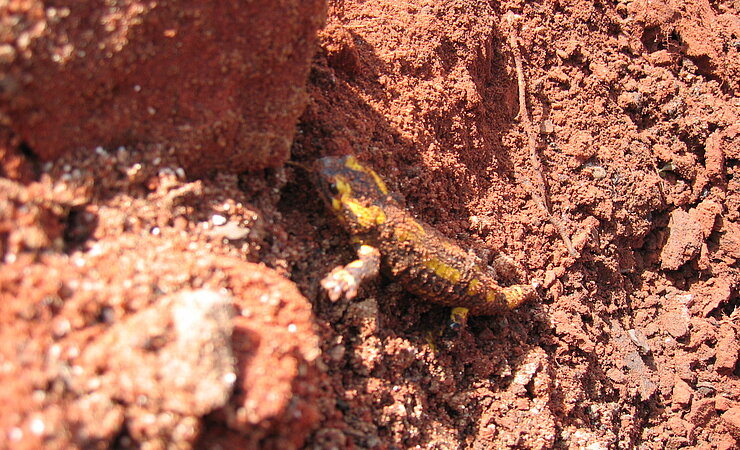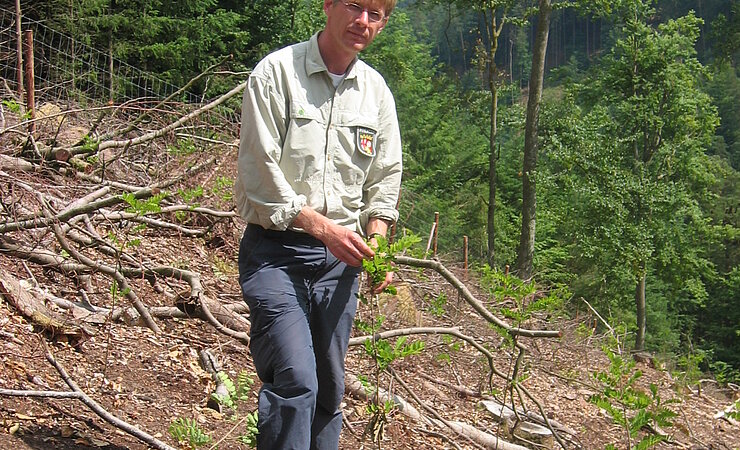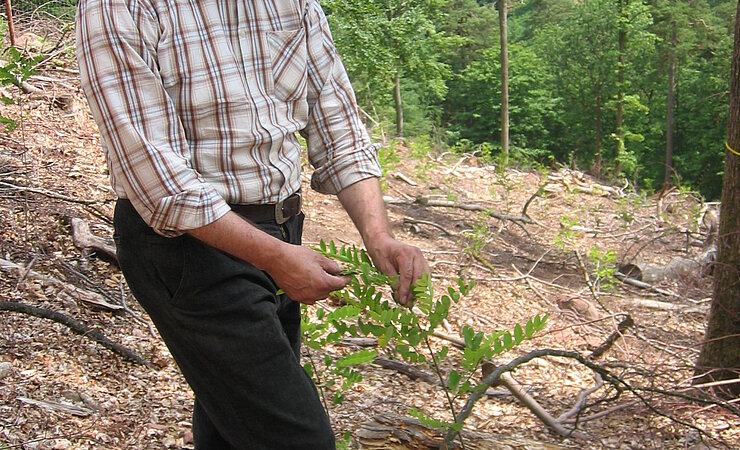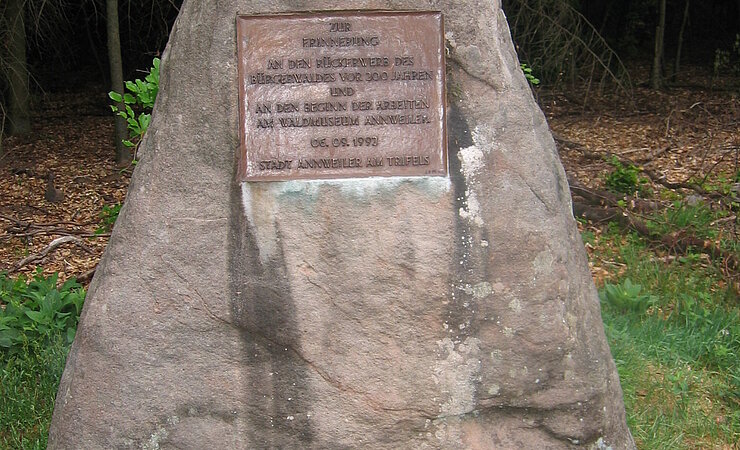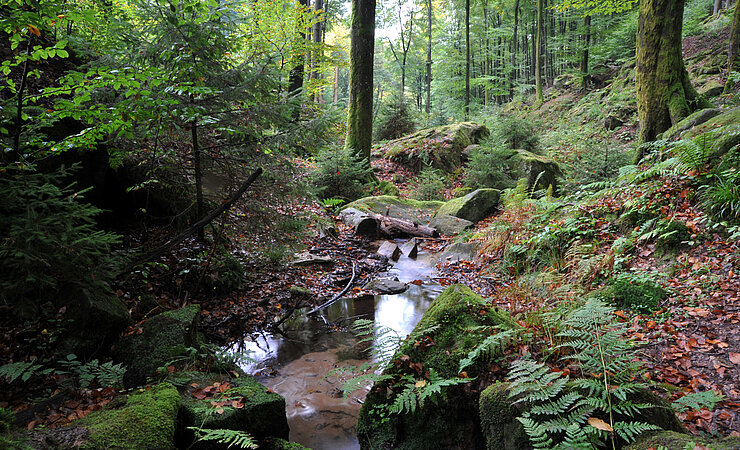The Forest - Our Main Concern
As the seventh largest communal forest owner in Rhineland-Palatinate we are proud of our 2.200-hectare municipal forest. It is literally a “Bürgerwald”, a citizens’ forest. It provides pure air, it invites its citizens and visitors to hike and practice sports, it offers an abundant flora and fauna, it is an important economic factor and, on top of everything, it supplies the population of Annweiler and large parts of the region with drinking water.
A forest is a very complex ecosystem with many interactions. Therefore we pursue a holistic strategy to equally meet our objectives in terms of the forest’s economic function, conservation of nature and the forest’s recreational value.
SUSTAINABILITY
In times of resources running short, the notion of sustainability is often referred to. But few people know that it originally comes from forest management. For more than 250 years, it has been the aim of all forestry activities in Germany to act in such a manner that the needs of today’s generations are met without compromising the ability of future generations to do the same.
Sustainability with regard to forests means to manage and use forests in a way and to an extent that maintains their biodiversity, productivity, regeneration capacity, vitality and their potential to fulfil, now and in the future, relevant ecological, economic and social functions, at local, national and global levels.
THE HISTORY OF THE "BÜRGERWALD"
In 1410, when the town of Annweiler came under the control of the Duchy of Zweibrücken, especially Duke Alexander tried to reach out his hand for the town and its rich possessions. Article 11 of his “Order, statutes and regiment“ issued in 1501 said that in future the town of Annweiler should not float wood without the knowledge or against the will of the princely authorities. After lengthy disputes between the town and the Duke, a settlement was reached in 1519 determining that the forest should be used and utilised by both parties. More than 200 years passed by. Although the town’s right of ownership was not contested in the mentioned contract, the utilisation of wood was severely restricted.
Finally, Duke Christian IV formally made demands for half of the “Bürgerwald“. Following a long litigation the town of Annweiler had to conclude a contract in 1768 according to which the Duke obtained the rearmost, western half of the “Bürgerwald”. Annweiler kept the right to hunt in the remaining forward, eastern parts of the forest, but had to pay the Duke 6,000 guilders for it. The borders were marked with 32 stones.
During the French Revolution, citizens from Annweiler exploited the plight of the harassed Duke Karl II and repurchased the lost forest area as well as the corresponding right to hunt for 30,000 guilders for which 61 of Annweiler’s citizens clubbed together due to the town treasury’s lack of money. The corresponding contract of purchase was signed on December 8, 1792.
THE "BÜRGERWALD" TODAY
From the point of view of the town of Annweiler the functions of the forest in respect to conservation of nature, as a recreational area, an economic factor as well as a cultural asset are of essential importance. Today, more than ever, it is vital to sustainably secure these functions for future generations. In so far, a balance between the different economic, ecological and social demands on the forest has to be created. To achieve this goal with sustainable and powerful structures, the council of the town of Annweiler founded Trifels Natur GmbH.
HELSINKI RESOLUTION
The economic targets of Trifels Natur GmbH are based on the given natural and ecological situation and, thus, it increasingly concentrates on establishing mixed stands. Trifels Natur GmbH manages the municipal forest according to the six targets of the Helsinki Resolution – the general guidelines for sustainable management of forests in Europe:
- Maintenance and appropriate enhancement of forest resources and their contribution to global carbon cycles.
- Maintenance of forest ecosystem health and vitality.
- Maintenance and encouragement of productive functions of forests (wood and non-wood).
- Maintenance, conservation and appropriate enhancement of biological diversity in forest ecosystems.
- Maintenance, conservation and appropriate enhancement of protective functions in forest management.
- Maintenance of other socioeconomic and cultural functions and conditions.
